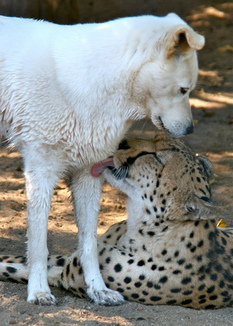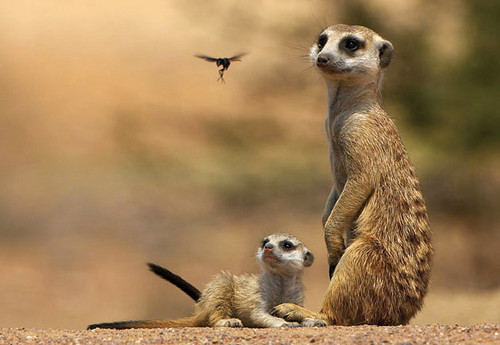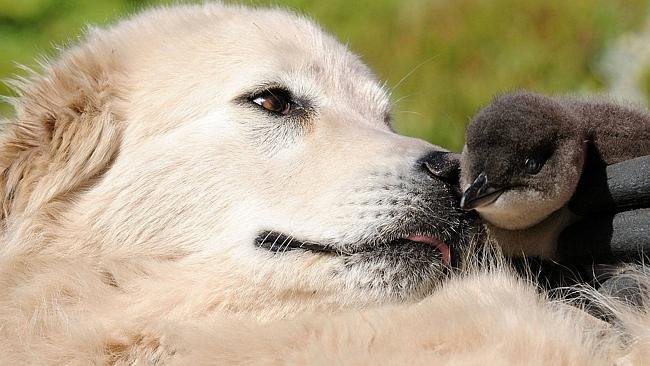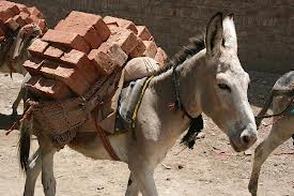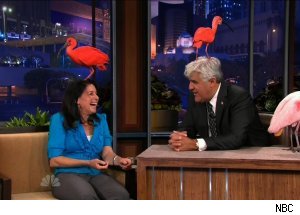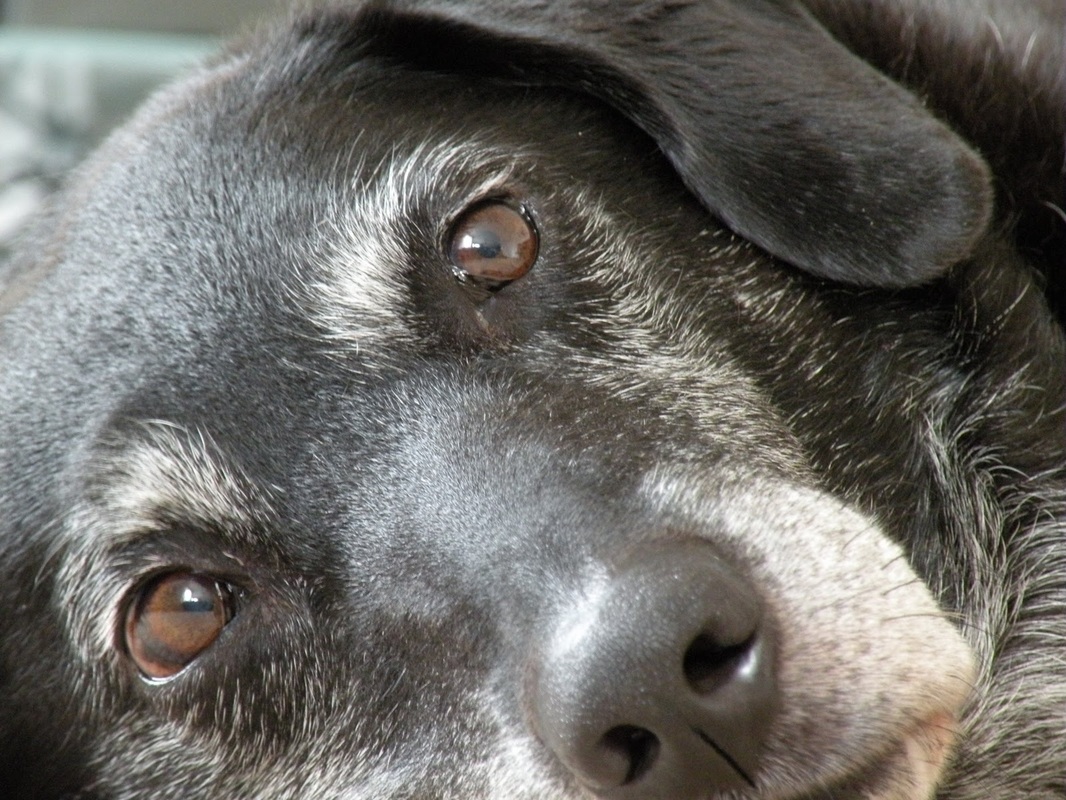Working Animals

Many animals enjoy work, in fact studies have shown when given a choice, animals would rather work for a reward (like food) then get one for free. This phenomenon is called contra-freeloading and it is one of the underlying concepts behind training animals to help us. Some species have a better work ethic than others. Cats that were trained by American soldiers during the Vietnam war were supposed to lead soldiers through the thick jungles at night using their amazing night vision and stealthy approach, however the cats, once on the mission, all ran off to explore, sharpen their claws and go hunting! Dogs generally take a different approach, preferring to work co-operatively rather than in isolation and as such, are the number one species for a wide and ever-increasing range of animal careers.
Traditionally of course, horses, donkeys and mules were the predominant working animals and in many countries this is still the case where they pull carts and wagons, carry heavy loads and till farmland. Nowadays in developed countries, horses are usually given jobs in the police forces and ceremonial military duties but some work as therapy animals, visiting the sick and elderly or being used to help teach mentally or physically disabled people co-ordination and social skills through riding lessons. Cats were once also official working animals, travelling the high seas as Ship's Cats to catch the on-board population of rats and mice that would pilfer the sailors' rations.
Working directly with working animals is an exciting developing area of Chivalric Ethology, and understanding the issues and ethics of working animals is one of our on-going areas of research and participation. Animal retirement is a relatively new area of welfare concern and compliments the more established questions of how long or hard animals should work for. For example, many dolphins working as therapy animals have very strict regulations ensuring they have plenty of rest, free time and playtime between their more focused sessions with human patients.
Insightful paper by the wonderful Mia Cobb et al, exploring issues such as selection and assessment, training, behavioural traits, welfare and retirement in the Working Dog industry. Available on Science Direct Open Access here.
Cobb, M., Branson, N., McGreevy, P., Lill, A., & Bennett, P. (2015). The advent of canine performance science: Offering a sustainable future for working dogs Behavioural Processes, 110, 96-104
Traditionally of course, horses, donkeys and mules were the predominant working animals and in many countries this is still the case where they pull carts and wagons, carry heavy loads and till farmland. Nowadays in developed countries, horses are usually given jobs in the police forces and ceremonial military duties but some work as therapy animals, visiting the sick and elderly or being used to help teach mentally or physically disabled people co-ordination and social skills through riding lessons. Cats were once also official working animals, travelling the high seas as Ship's Cats to catch the on-board population of rats and mice that would pilfer the sailors' rations.
Working directly with working animals is an exciting developing area of Chivalric Ethology, and understanding the issues and ethics of working animals is one of our on-going areas of research and participation. Animal retirement is a relatively new area of welfare concern and compliments the more established questions of how long or hard animals should work for. For example, many dolphins working as therapy animals have very strict regulations ensuring they have plenty of rest, free time and playtime between their more focused sessions with human patients.
Insightful paper by the wonderful Mia Cobb et al, exploring issues such as selection and assessment, training, behavioural traits, welfare and retirement in the Working Dog industry. Available on Science Direct Open Access here.
Cobb, M., Branson, N., McGreevy, P., Lill, A., & Bennett, P. (2015). The advent of canine performance science: Offering a sustainable future for working dogs Behavioural Processes, 110, 96-104
Careers of Working AnimalsDogs
- 'Conservation Canines' - Police dogs - Military dogs - Search and rescue dogs - Detection dogs (customs, quarantine, drugs, bombs, cancer) - Shepherding dogs - Cheetah companion/guardian dogs - Service dogs (mobility, sight, hearing, and other physical and psychiatric issues) - Sled dogs - Airport runway clearing dogs Animal Assisted Therapy - Horse riding - Hospital & nursing home visitors: usually dogs but not always - check out the gallery below! - Dolphin swims - Children's hospital meerkats Guardian Animals - Llamas and alpacas - for sheep - Anatolian sheepdogs - for all manner of species including penguins |
|
Working Horses - Police horses - Military and Ceremonial horses Working Donkeys Chivalric Ethology is a proud supporter of the charitable work carried out overseas by the World Society for the Protection of Animals (WSPA) and Society for the Protection of Animals Abroad (SPANA). We also recommend the Brooke. |
|
Animal Actors
- Film and commercial actors - Humane Hollywood - the 'No Animals were harmed' certification Education Animals - Zoo and aquarium animals (such as actively in Zoo Conservation Talks) - Ambassador Animals (zoo 'meet & greets', on TV shows such as Oprah or The Late Show, Animal Encounter school visits) - Dogs who help to train other dogs/puppies - sheepdog herding skills |
